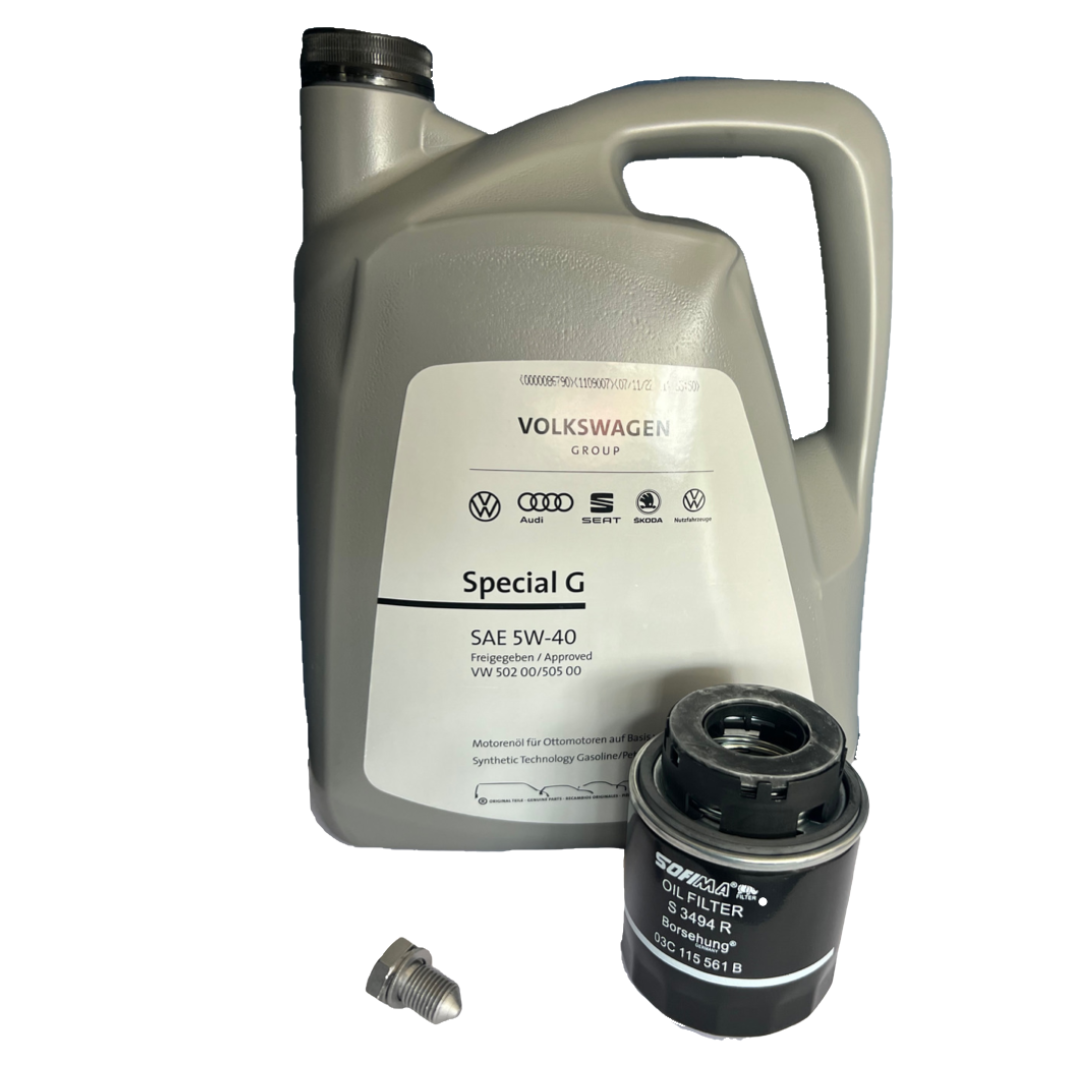Exactly How a Clp Engine Can Improve Performance in Various Industries
The arrival of CLP engines marks a considerable shift in functional performance throughout various industries, driven by their capacity to maximize fuel consumption and reduce downtime. As companies significantly focus on sustainability along with performance, the role of CLP engines becomes even much more important.
Overview of CLP Engines
CLP engines, or Continuous Fluid Propellant engines, stand for a considerable development in propulsion technology, specifically for area applications. These engines use a continuous feed system that permits the continual expulsion of propellant, resulting in enhanced performance and performance contrasted to standard solid or hybrid propulsion systems. By maintaining a consistent flow of fluid propellant, CLP engines can accomplish much more specific drive control, which is essential for steering spacecraft in different mission circumstances.
The design of CLP engines incorporates sophisticated products and ingenious gas administration systems. clp engine. This results in minimized weight and enhanced integrity, vital factors for long-duration area missions. The continual operation lessens the threat of combustion instability, an usual challenge in traditional rocket engines.

Benefits in Manufacturing
The manufacturing of Continual Fluid Propellant (CLP) engines offers a number of significant advantages that enhance both efficiency and cost-effectiveness. Among the key advantages is the streamlined production process, which lowers the intricacy connected with conventional propulsion systems. By utilizing liquid propellant, suppliers can attain higher precision in engine efficiency, bring about enhanced energy output and lowered waste.
Furthermore, CLP engines help with a higher level of modularity, enabling easier assimilation right into various production lines. This flexibility can significantly reduce lead times and improve total functional versatility. Making use of CLP technology additionally has a tendency to minimize the demand for comprehensive upkeep because of fewer relocating parts, which equates into minimized downtime and operational expenses.

Applications in Logistics
Leveraging Continual Fluid Propellant (CLP) engines in logistics supplies substantial benefits in functional effectiveness and dependability. These engines supply a durable option for different transportation requirements, enabling the seamless motion of goods across vast ranges. The integral layout of CLP engines permits constant power outcome, which translates into smoother and extra foreseeable transportation schedules.
One of the vital applications of CLP engines in logistics remains in durable freight transport, where they can drive both ground and airborne automobiles. Their capability to maintain high efficiency under differing load problems makes sure that shipment timelines are met, therefore boosting client complete satisfaction. Additionally, CLP engines can be incorporated into automated logistics systems, facilitating real-time monitoring and enhancing route preparation.
Furthermore, the resilience of CLP engines reduces upkeep downtime, allowing logistics firms to maximize their functional abilities. This is particularly valuable in warehousing operations, where performance in managing and transferring items is vital. As logistics continues to progress, the integration of CLP engines stands for a forward-thinking approach that not only boosts performance yet also sustains the industry's growing needs for reliability and rate.
Impact on Energy Performance
How do Constant Fluid Propellant (CLP) engines enhance power performance in transportation? CLP engines use a regular flow of liquid gas, maximizing combustion processes and keeping a stable thrust outcome. This layout minimizes energy losses connected with typical combustion engines, where fuel shipment can differ and lead to ineffectiveness.
The constant procedure of CLP engines enables a more effective thermal cycle, leading to greater details impulse compared to conventional engines. clp engine. This converts to lowered fuel intake for the same quantity of work done, dramatically reducing operational costs across different transport industries, including air travel and maritime markets
Moreover, the capability of CLP engines to maintain ideal efficiency under varying lots problems reduces the demand for constant velocity and slowdown, better improving gas efficiency. Improved energy performance not only adds to cost financial savings however additionally brings about lower greenhouse gas exhausts, straightening with worldwide sustainability objectives.
Future Trends and Innovations
Arising improvements in Continuous Fluid Propellant (CLP) engine innovation promise to change the landscape of transport effectiveness and sustainability. As sectors pivot towards greener alternatives, CLP engines stand at the leading edge, incorporating ingenious products and design methodologies that boost performance while decreasing ecological effect.
Among the most promising trends is the adoption of crossbreed systems that combine CLP engines with renewable resource resources. This harmony can enhance fuel consumption and lower exhausts, aligning with global sustainability objectives. Furthermore, advancements in computational fluid visit characteristics (CFD) are facilitating the style of even more aerodynamically efficient engines, leading to reduced drag and enhanced fuel efficiency.
Additionally, the advancement of clever surveillance systems is established to boost functional efficiencies. These systems take advantage of data analytics and IoT modern technology to enhance engine performance in real-time, ensuring that resource the engines run within their most efficient specifications.
As study remains to explore different propellant solutions-- such as biofuels and artificial fuels-- the future of CLP engines looks encouraging. By taking advantage of these developments, industries can not only original site enhance their efficiency but also contribute considerably to a cleaner, much more sustainable future in transportation.
Verdict
In verdict, CLP engines represent a substantial improvement in efficiency throughout several markets. The combination of advanced materials and less relocating parts lessens maintenance demands, while alignment with sustainability objectives positions CLP engines as a critical technology for the future.